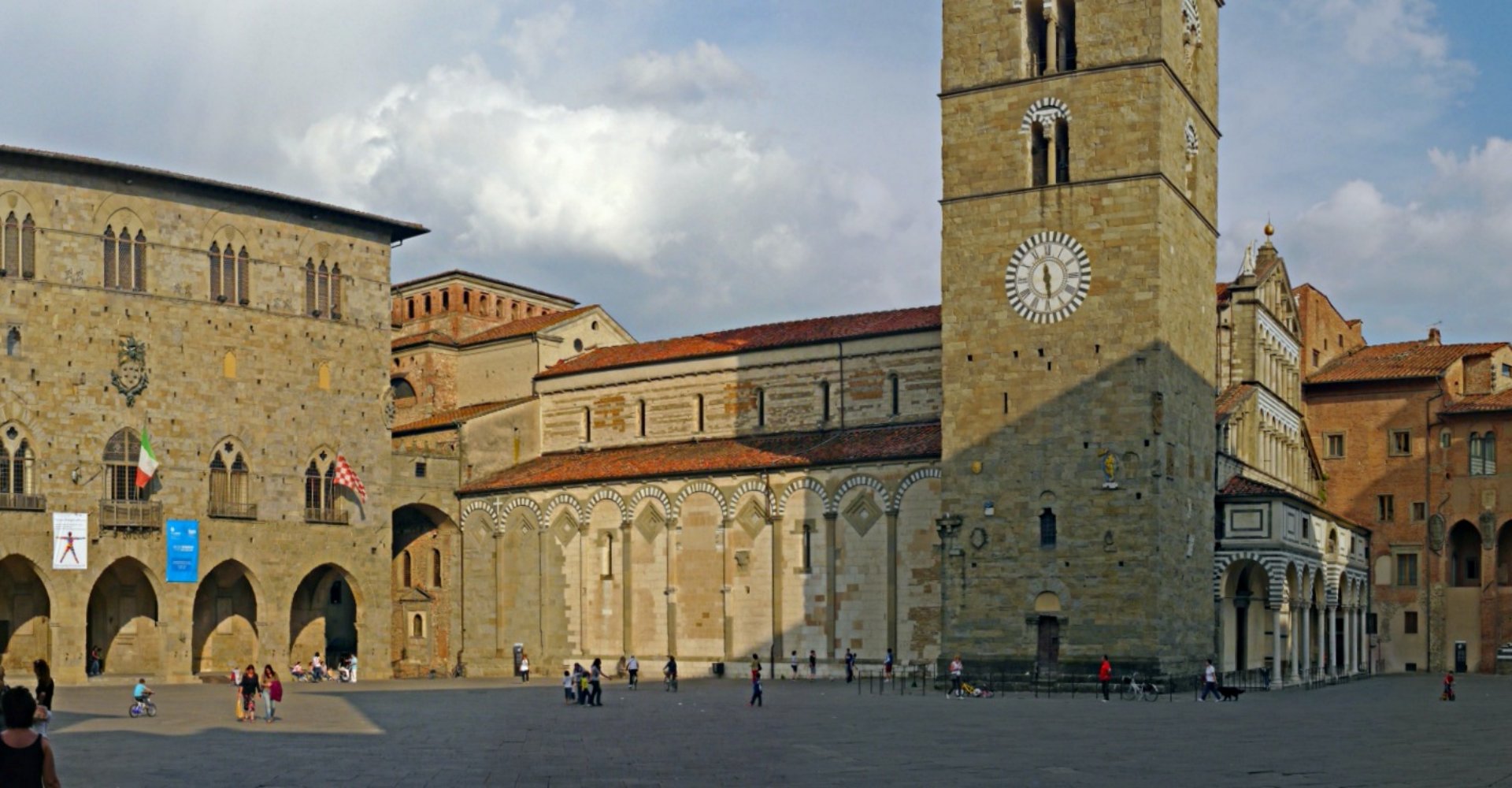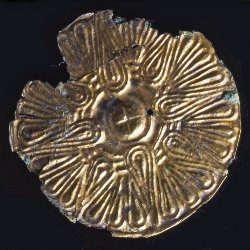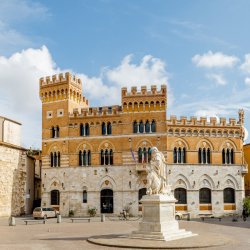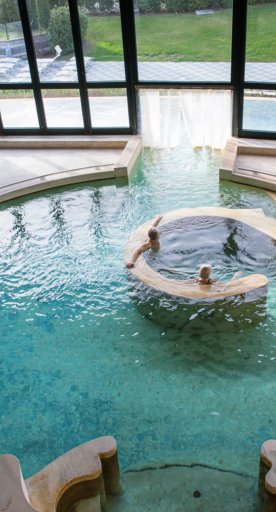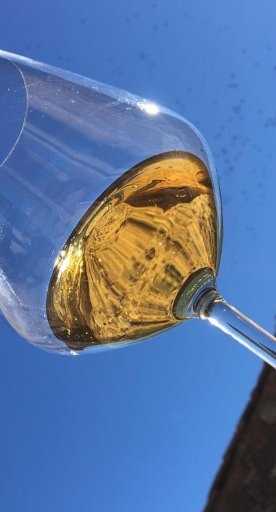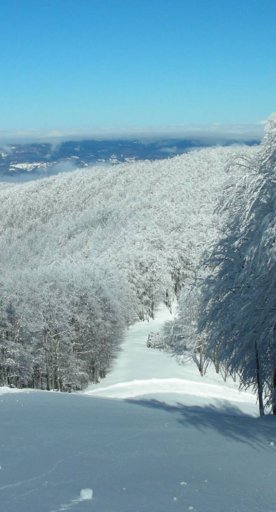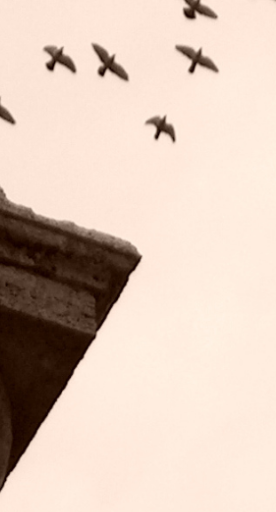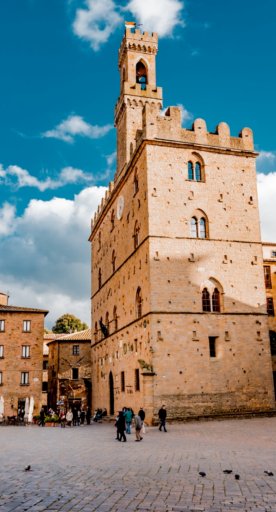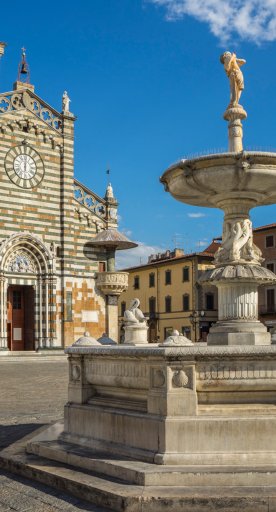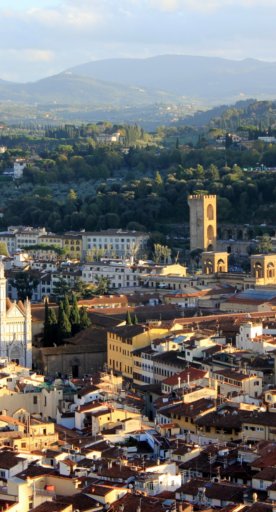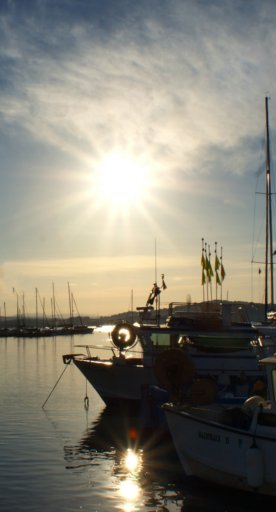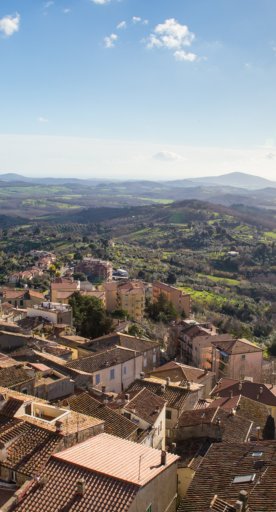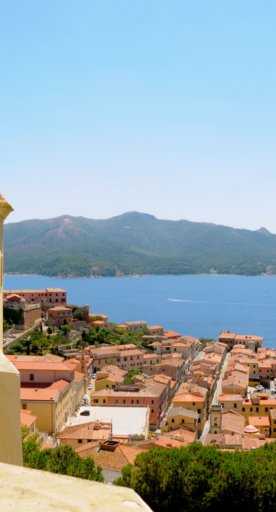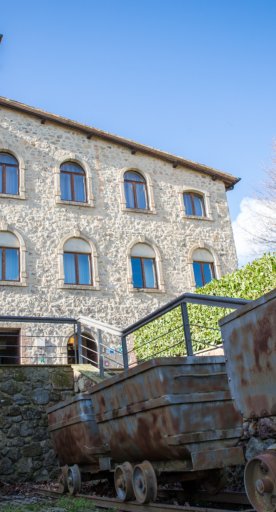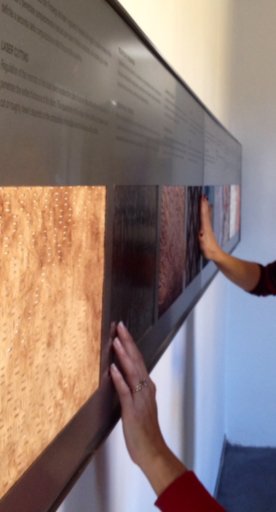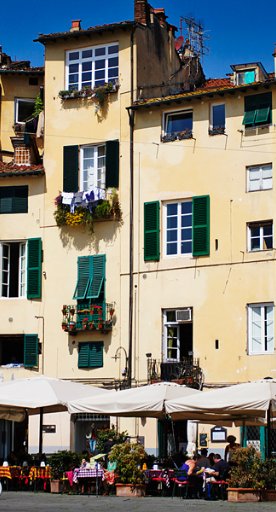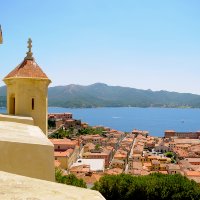What to do in Pistoia and its surrounding towns
Tips for visiting the city and neighboring towns
Though famous around the world for its plant nurseries, there is a lot more to Pistoia and its surroundings than just horticulture. Packed with beautiful churches and grand old buildings, the area is the perfect place to get a taste of the Romanesque and Gothic architecture typical of Tuscany. It is also home to a strong artisan tradition, having been a crossing point of great commercial routes of the twelfth century. Wander the streets of Pistoia and the nearby towns and find many shops and museums selling and exhibiting lovingly handmade products.
-
1.Stunning churches
-
2.Museums and historic landmarks
-
3.A centre for music and performing arts
-
4.Learn about Pistoia’s artisanal heritage and sample local delights
Stunning churches
With its imposing bell tower and gorgeous Romanesque façade, the Cathedral of St. Zeno is simply not to be missed. Inside you’ll find three naves, a raised presbytery and a crypt. The two-ton silver altarpiece dedicated to Saint James is to be marvelled at, while the frescoes decorating the vaults and walls are fascinating in their storytelling. The striking wooden crucifix is also bound to catch your eye as you gaze around the impressive interior of this historic building.


Facing the Cathedral is the absolutely stunning Baptistery of San Giovanni in Corte, a majestic octagonal building of white and grey marble and Gothic architectural features. Although the magnificent exterior is the highlight of this building, you can also look inside, where you’ll see the baptismal font which dates back as far as the year 1226.
Completed in 1344, the Church of San Giovanni Fuorcivitas is a Romanesque masterpiece situated in Pistoia’s Piazza del Duomo. One simply can’t help but stare in awe at the church’s striped façade of white marble and green serpentine, decorated all along with Romanesque pillars and arches. The interior of the church holds sculptures and paintings by Luca della Robbia, Fra Guglielmo da Pisa and Taddeo Gaddi, while the cloister is also worth a look.
Museums and historic landmarks

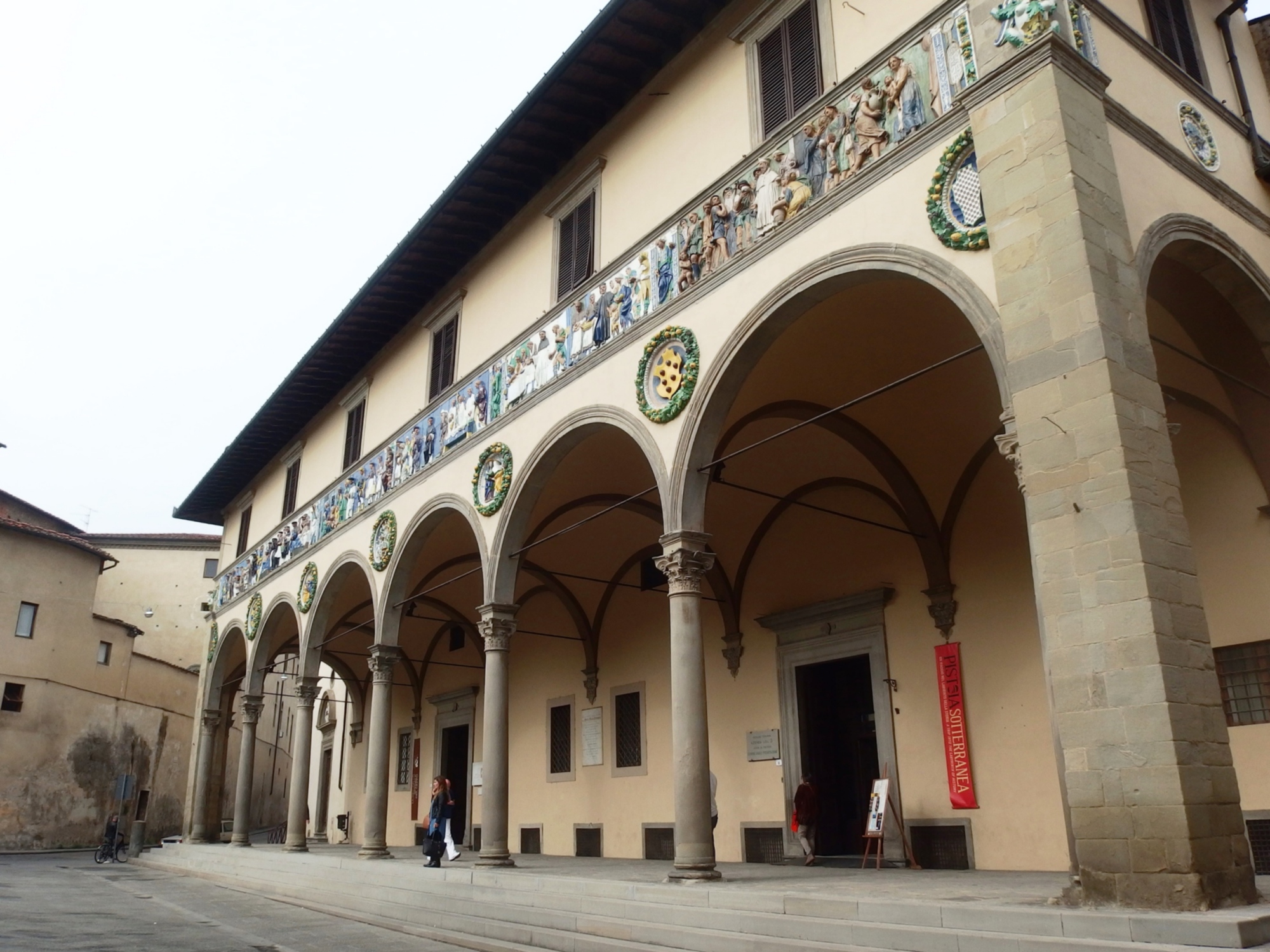

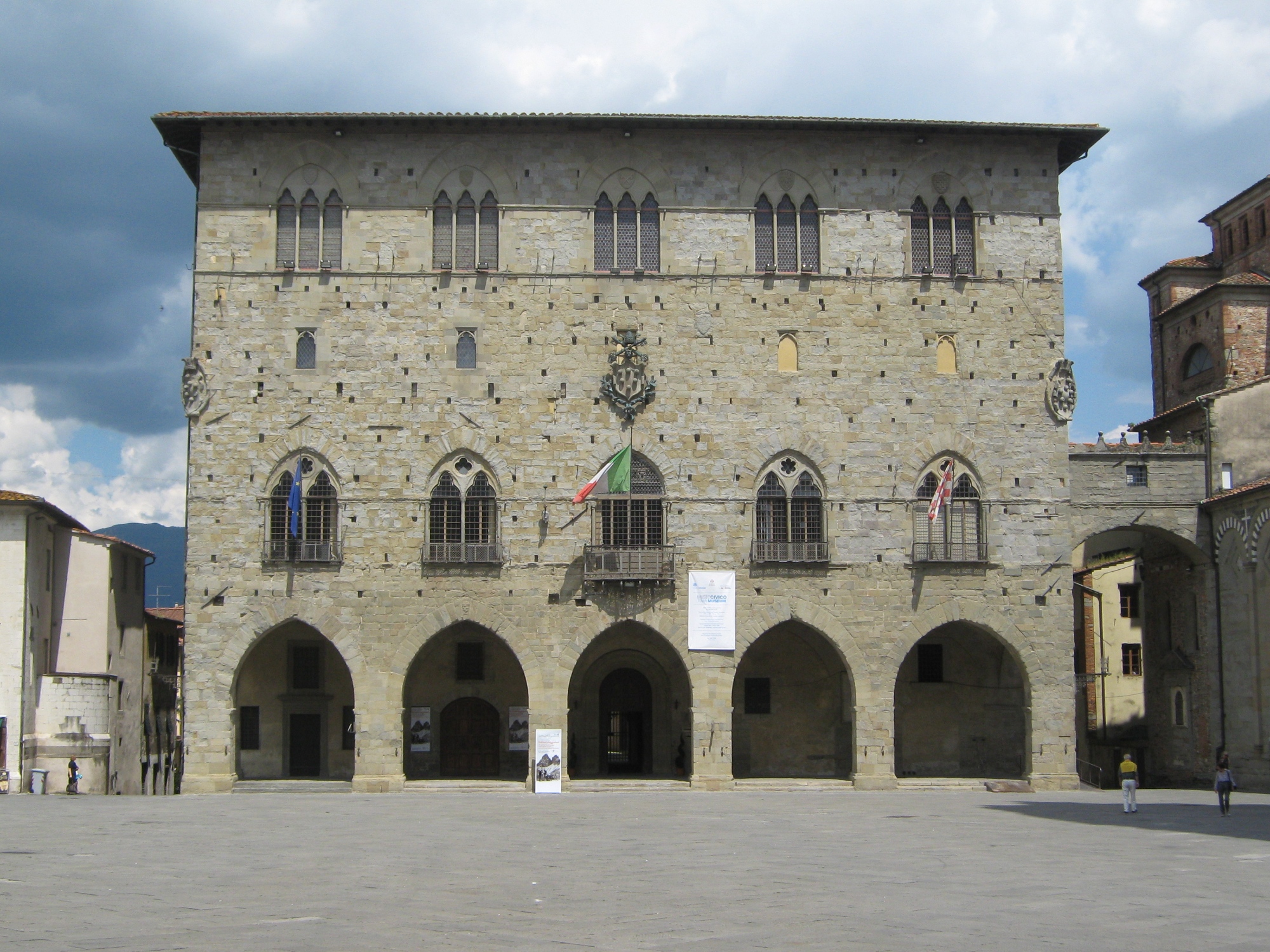
Built originally in the fourteenth century and restored in the sixteenth by Cosimo de’ Medici to provide protection for the town, the Medicean Fortress of Santa Barbara provides a great opportunity to step back into history. Sat at the south-east corner of the city walls, the fortress looks over the town of Pistoia and offers wonderful views of the surrounding countryside.
The Ospedale del Ceppo is a medieval hospital said to have been founded in 1277 which continued operations as a hospital until 2013. It is one of the most significant buildings in Pistoia and its appearance today is the result of restorations and additions from throughout the centuries. The famous frieze on the building, showing the ‘Seven Works of Mercy’, is one of the most important masterpieces of the Tuscan Renaissance, and one of the most important symbols of Pistoia. Something of a secret passageway, winding for several hundred metres under the Ospedale del Ceppo, the Pistoia Underground Museum is something you can’t miss on a visit to this town. During the tour, you’ll visit an anatomical amphitheatre, historically used for medical teaching, and learn about the hospital’s history and its place in the town through the years. Suitable for children and adults as well as accessible to the disabled and the visually impaired, this fascinating attraction can be enjoyed by all.
The Civic Art Museum housed in Pistoia’s old city hall (Museo Civivo d’arte antica in Palazzo Comunale) is the most important museum on the town’s circuit, and opened its doors to the public in 1922. The Gothic-style Palazzo Comunale, also called the Palazzo degli anziani, was built in the fourteenth-century and sits proudly in Pistoia’s Cathedral Square. The paintings, sculptures and other pieces or art inside not only represent the entire artistic history of Pistoia throughout the nineteenth and twentieth centuries, but also include sublime works dating back to the 1300’s.
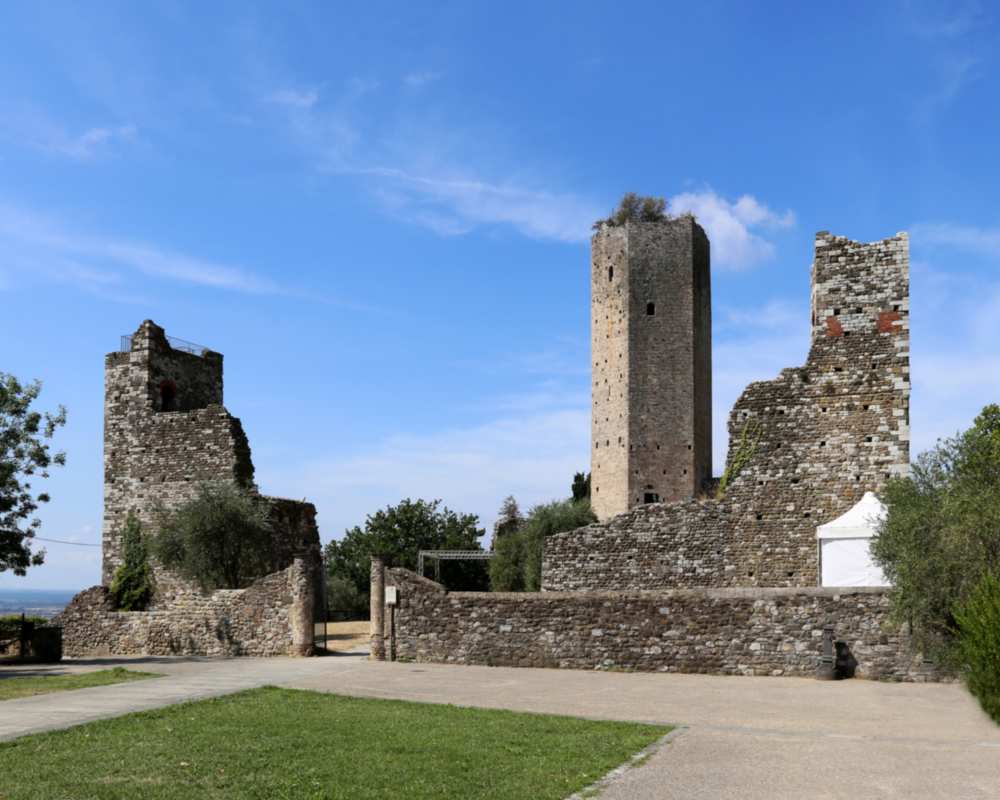
The roughly triangular Castruccio Fortress, known as “Rocca Nuova”, sits on the western side of the town of Serravalle. The fabulous views over Tuscany from the site of this ruined old castle make climbing up to it an opportunity not to be missed. The hexagonal tower is a very interesting addition to this landmark, while the olive-tree garden is the perfect place for a serene stroll or a moment of quiet reflection on a busy day of sightseeing.
The Museum of rural culture of Marliana documents the area’s past, which was principally governed by agriculture. Through the exhibition of agricultural tools and equipment from that era, visitors can gain an insight into what life was like in rural Tuscany when farmers’ work was extremely labour-heavy and relied on very simple artisanal apparatus.
A centre for music and performing arts

Agliana’s Modern Theatre is a small theatre rebuilt in 2008. Approximately every two weeks productions are put on, so check the website for show dates and times and perhaps you’ll be lucky enough to experience some real Italian performing arts.
Taking place annually in July, the Pistoia Blues Festival has been gathering stellar line-ups of world-renowned musical artists for over forty years now. The festival brings together artists from well beyond the blues genre, and lights up the town with free-spirited excitement with its concerts and events. If there were ever a perfect time to visit the town, it’s during Pistoia Blues!
Learn about Pistoia’s artisanal heritage and sample local delights
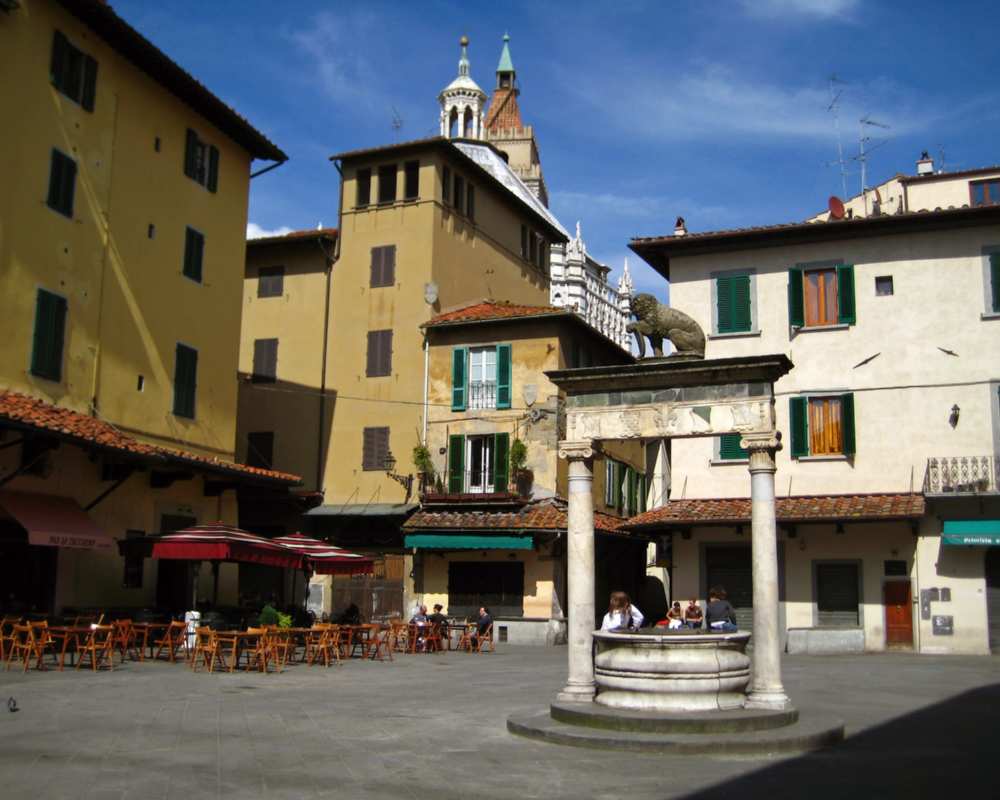
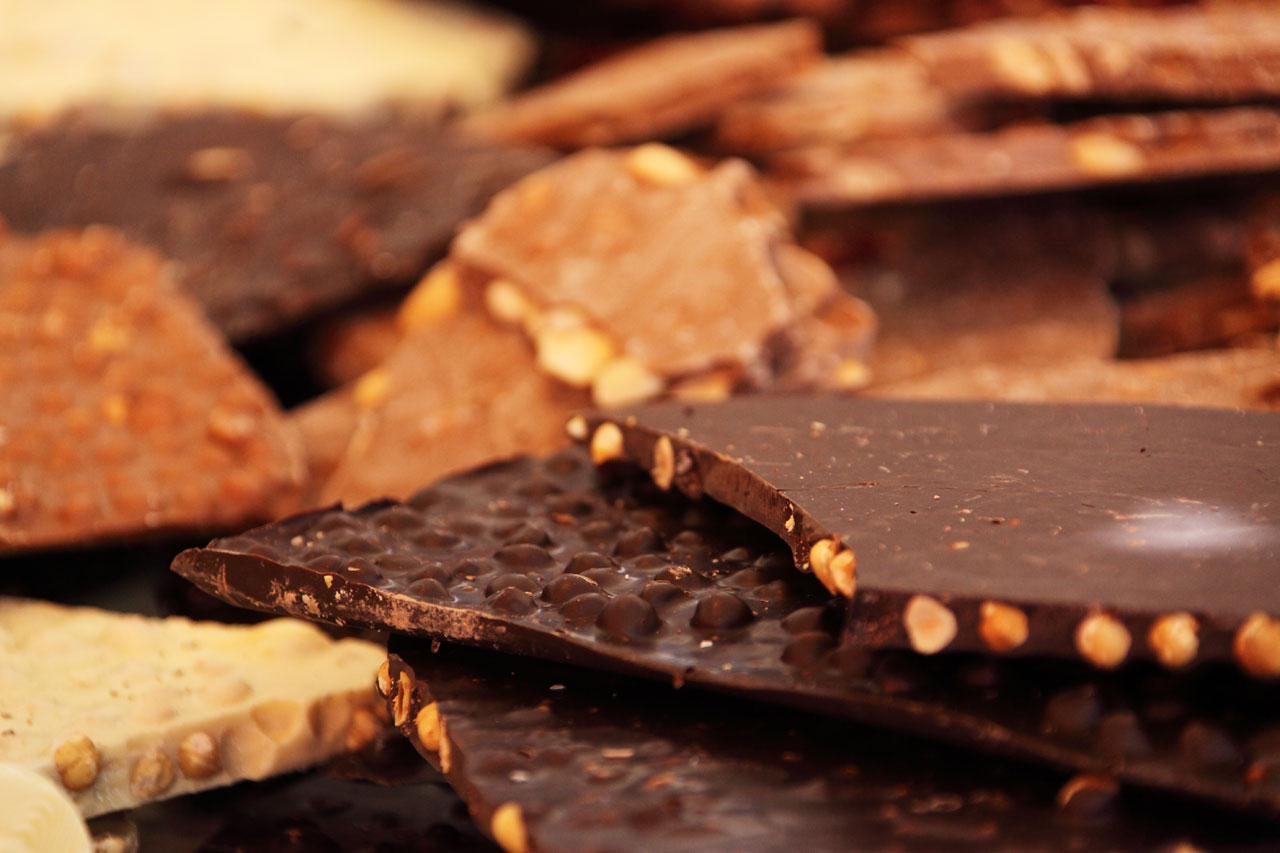
A highlight of Pistoia is without a doubt its fruit and vegetable market, held on Wednesdays and Saturdays. Overflowing with fresh produce and always buzzing with people, the market is the beating heart of the town of Pistoia. The square where it takes place, Piazza della Sala, has bars and cafes all around its edge; when night falls the party starts and it is not one to be missed!
The “chocolate valley” is an area located between Pisa, Prato and Pistoia, characterised by its tradition of artisan handmade chocolate-making. Look out for companies and shops selling delicious sweet treats when hopping between the towns and villages in this part of Tuscany!
